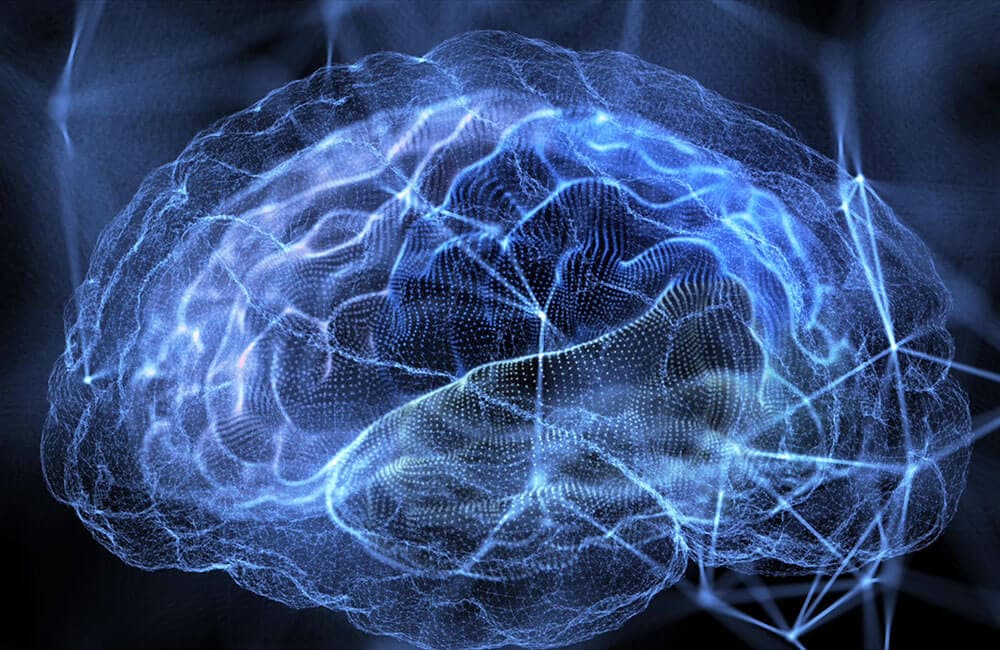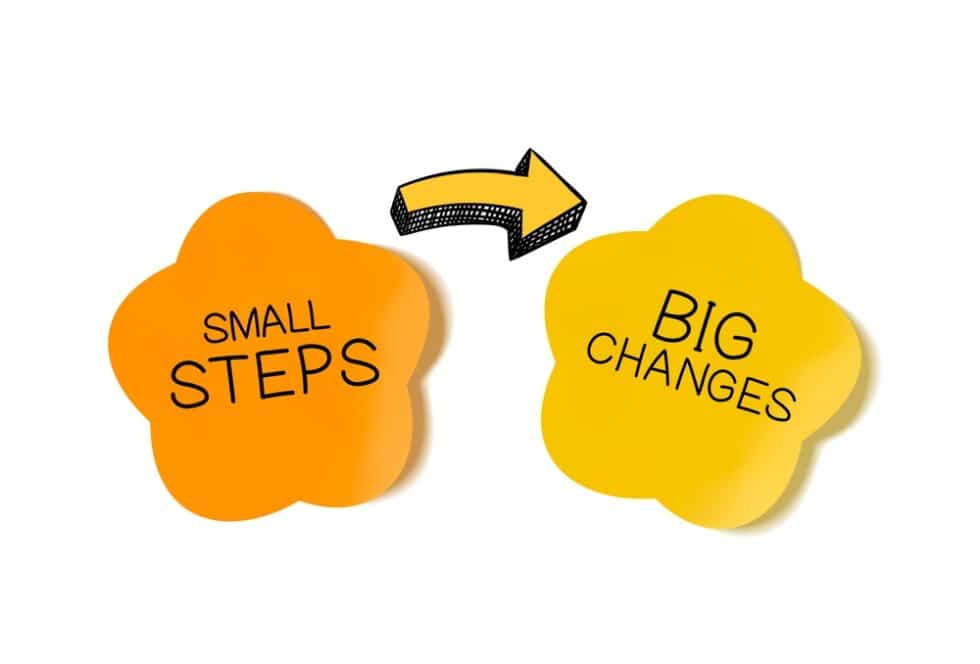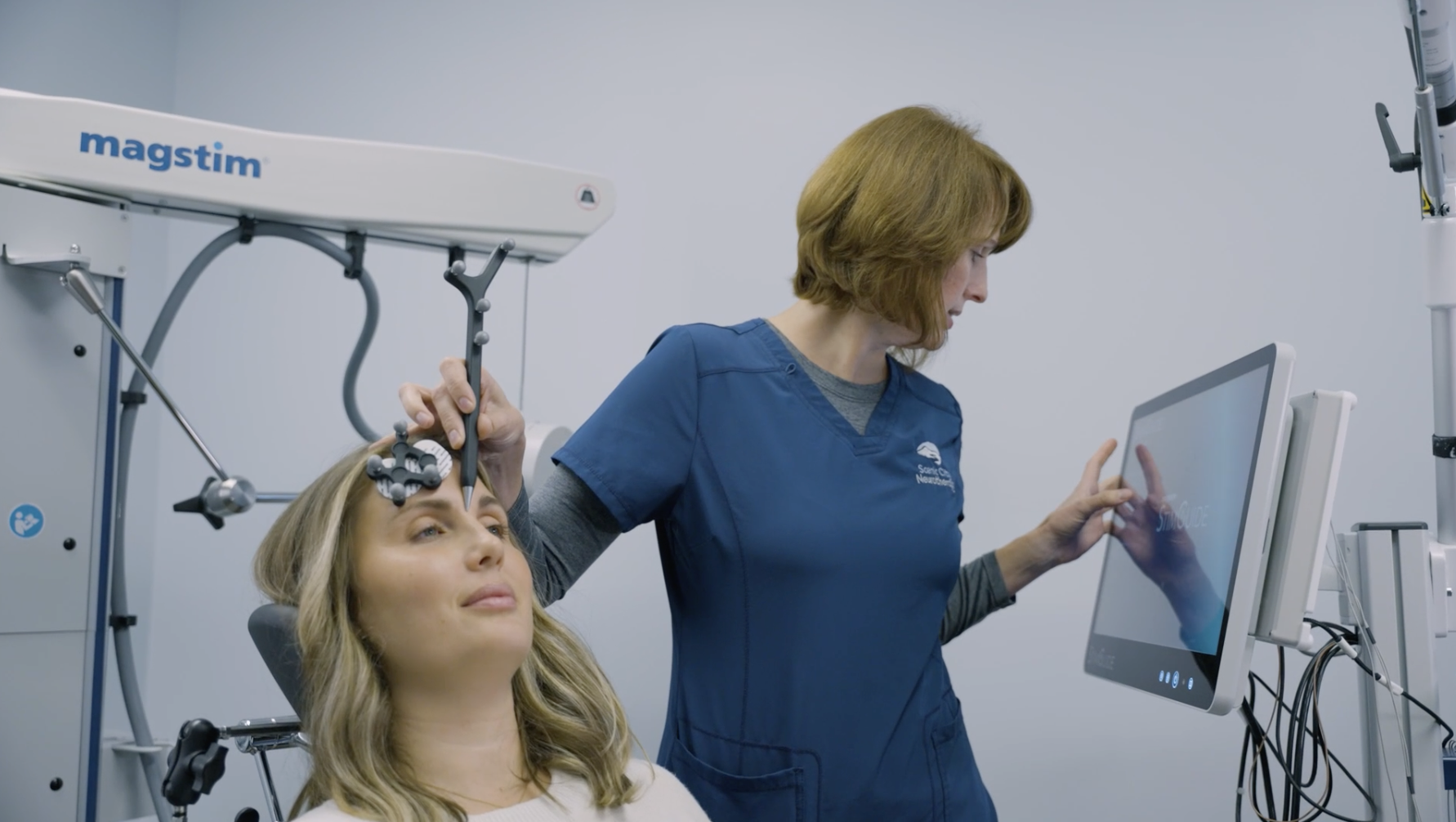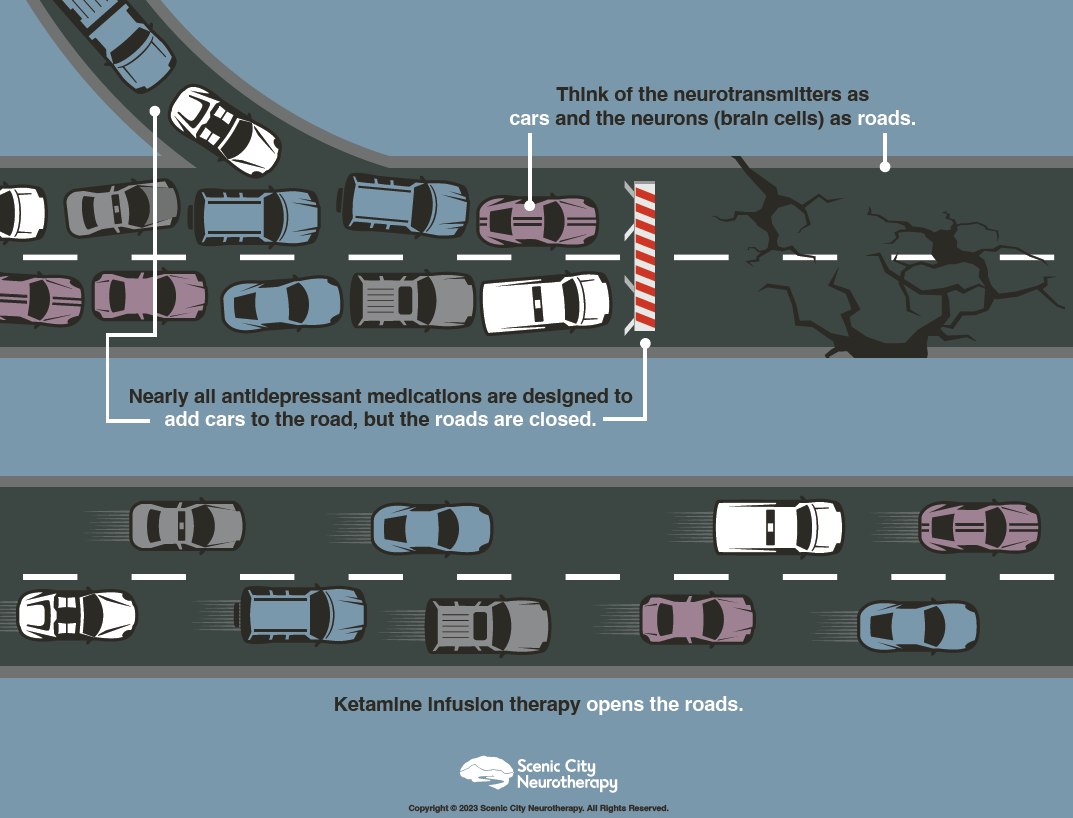Neurotherapy, much like other therapeutics, is focused on achieving an optimized state of function. While psychotherapy optimizes the cognitive processes and physical therapy optimizes muscle mass and flexibility, Neurotherapy optimizes the communication between brain cells (neurons) which can be utilized for much more than mood disorders. It is used for age-related dementia or Alzheimer’s Disease, stroke recovery, cognitive loss due to prolonged inflammation like we see with Post-Acute Coronavirus Syndrome and post-sepsis. Neurotherapy treatments such as Ketamine Infusion Therapy and Transcranial Magnetic Stimulation cause our brain to undergo an optimization process which enhances cognition, improves emotional and physical reactivity, and enhances emotional regulation, meaning they restore the conscious, logical areas of the brain’s control like what we feel and how much we feel. It is a purely physiological change which allows the patient to maximize gains while working with his or her psychotherapist to reach goals and optimize their mental health self-management on a daily basis.
Isn’t Ketamine Infusion Therapy a Psychedelic Therapy?
Not at all. Ketamine is a children’s anesthetic. Psychedelic therapies refer to hallucinogenic therapies where a patient is guided through their thought processes by a “psychedelic guide” to seek answers as is typically an experiential based treatment process. Many people find psychedelic therapies helpful and they can even produce a limited amount of neuro-optimization like what we see with TMS and ketamine infusion, but the quality of hallucinogens varies depending on the dose, environment, and route of administration (oral, intranasal, sublingual, intravenous). Ketamine is an anesthetic and medication used in every operating room in the world. There are no hallucinatory effects with ketamine (at normal treatment doses). Ketamine is a non-sedating anesthetic. In fact it has a stimulating effect on several body systems which is why we use it as a catalyst for neuro-optimization. While the patients feel “weird” during the infusion such as experiencing a very present feeling like they are sinking deep into themselves, this is only the dissociative anesthetic effect and is not necessary for neuro-optimization to occur. Patients do not see things that are not there. They may perceive thoughts, feelings, think about memories, or people they love during the infusion, but it is more like a very positive dream. It can leave you feeling positive the rest of the day, but it is not an experience or realization while inebriated that is corrective. In fact, patients who receive ketamine as part of their anesthesia cocktail in surgery are fully unconscious and perceive no part of the dissociative experience, yet they still report marked improvement in cognition, motivation, and mood stability. Ketamine Infusion Therapy is grouped as a Neurotherapy along with TMS and the Stellate Ganglion Block (SGB). We understand the confusion. While there is ongoing research with psychedelics, the science behind Ketamine Infusion Therapy and TMS is not subjective or experimental. These therapies have been around for more than a decade, and currently, they are able to boast the highest efficacy of any treatment for depression, anxiety, PTSD, bipolar disorder, and OCD.
How does TMS compare to Ketamine Infusion Therapy?
Ketamine Infusion Therapy stimulates a global (or total) optimization of neuronal communication. TMS (rTMS and iTBS) is a focused treatment that stimulates optimization specifically where depression and anxiety exist in the brain. Depending on a patient’s symptoms, we will recommend either TMS or Ketamine Infusion Therapy as a primary treatment. TMS does not address outlying neuronal communication issues, such as cognitive issues, dementia, OCD, primary anxiety without depression, and PTSD. Ketamine Infusion Therapy is required to get global optimization and address these outlying conditions. TMS is recommended for patients with treatment resistant major depressive disorder and generalized anxiety. Neuronal lesions (poorly communicating brain cells) which are responsible for symptoms of depression and anxiety reside in the prefrontal cortex of the brain. We are able to use a targeted approach known as Stim-Guide mapping to determine each patient’s ideal treatment target and ensure that we are providing perfect stimulation for the entirety of each and every treatment. We will often use two ketamine infusion sessions included in a patient’s TMS care plan so our patients receive the benefits of both targeted and global optimization.
